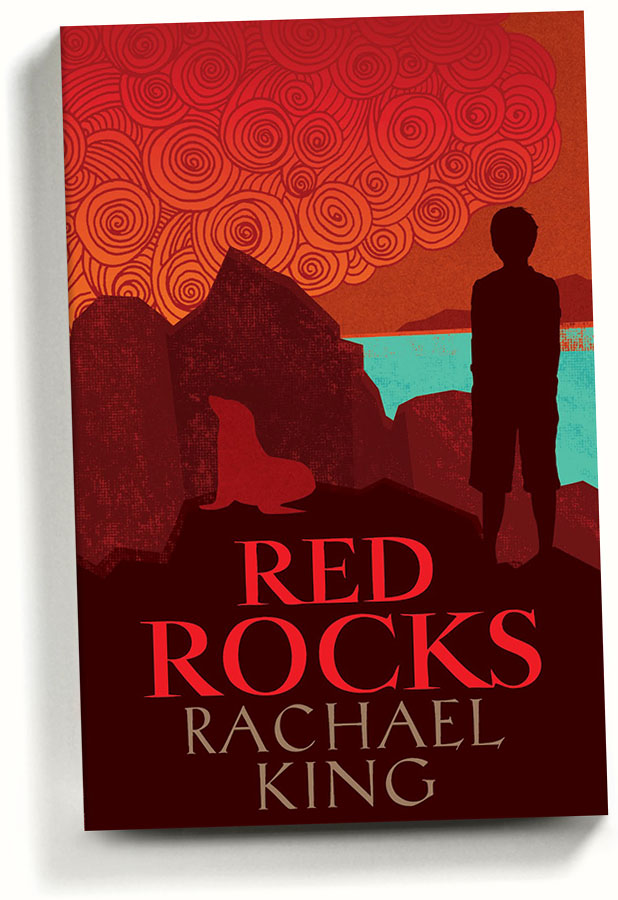While holidaying at his father’s house, Jake explores Wellington’s wild south coast, with its high cliffs, biting winds, and its fierce seals. When he stumbles upon a sealskin, hidden in a crevice at Red Rocks, he’s compelled to take it home and hide it under his bed, setting off a chain of events that threatens to destroy his family.
Can he put things right before it’s too late?








